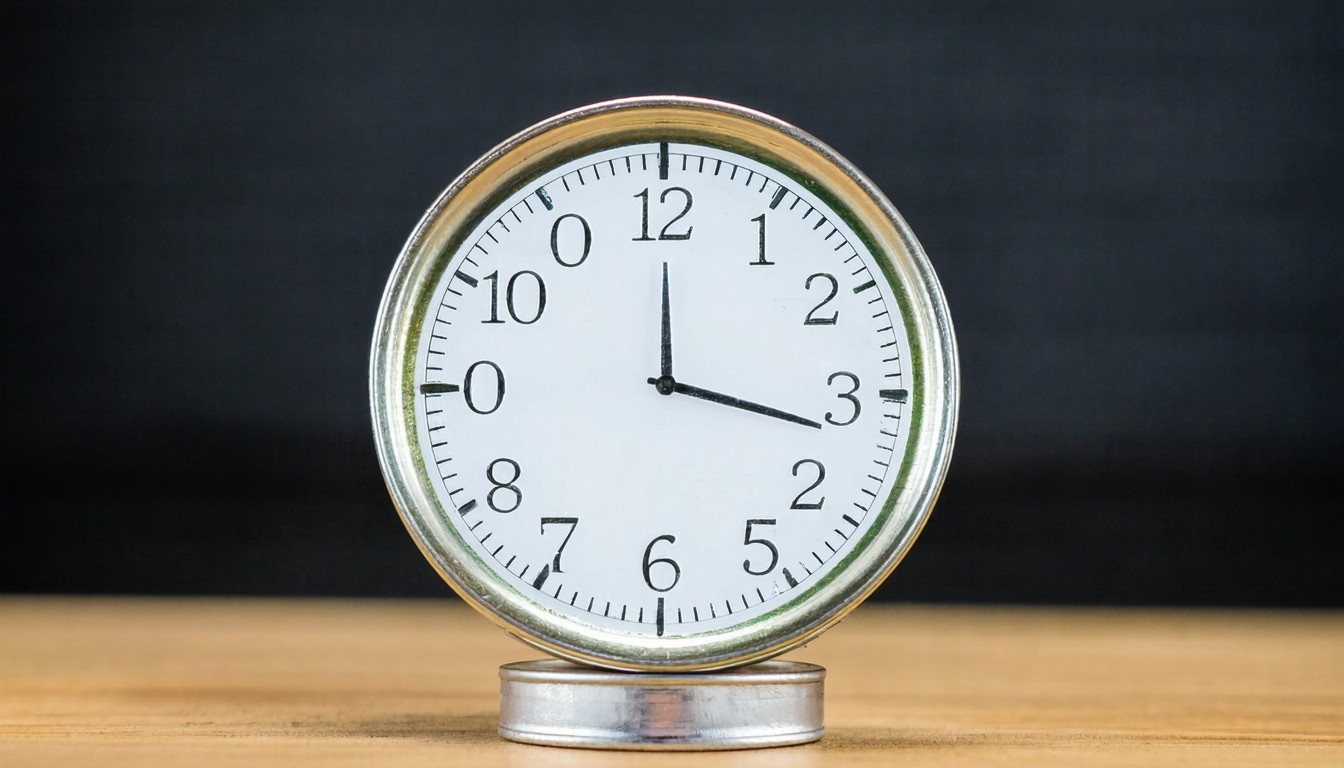Effortlessly moving between temperature scales is crucial for students, travelers, scientists, and anyone navigating international contexts. While the Fahrenheit system is prevalent in the United States, most countries and scientific endeavors rely on Celsius. This makes understanding, and efficiently converting, between these two scales a daily necessity for millions. In this comprehensive guide, we’ll explore the science behind the temperature scales, the best practices for conversion, and introduce you to effective tools and strategies for seamless, accurate results.
The Origins of Fahrenheit and Celsius: Why Two Temperature Scales?
Temperature measurement is fundamental to everything from weather forecasting to cooking and healthcare. Yet, not all countries use the same scale.
The Fahrenheit Scale
Established in 1724 by Daniel Gabriel Fahrenheit, this scale sets the freezing point of water at 32°F and boiling at 212°F (at standard atmospheric pressure).
“The Fahrenheit scale was designed for precision in everyday use, which made it ideal for its time,” notes Dr. Emily Carter, historian of science at MIT.
The Celsius Scale
Created in 1742 by Anders Celsius, this metric-oriented scale simplifies calculations and scientific reporting. It places water’s freezing point at 0°C and boiling point at 100°C, making it intuitive for calculations based on multiples of ten.

Global Use and Confusion
While the U.S. and a handful of territories use Fahrenheit, the vast majority of countries have adopted Celsius. This creates a unique challenge when interfacing with international standards, making quick, accurate conversions a valuable skill.
The Science Behind Temperature Conversion
Understanding how to convert between Fahrenheit and Celsius is more than just memorizing a formula—it’s about appreciating the underlying scale differences.
Key Differences at a Glance
| Attribute | Fahrenheit (°F) | Celsius (°C) |
|———————|———————-|———————|
| Freezing Point of Water | 32°F | 0°C |
| Boiling Point of Water | 212°F | 100°C |
| Common Usage | US, Belize, few others | Globally (except US) |
| Increment Size | 180 intervals (water range) | 100 intervals |
The core difference lies in both the starting points (zero) and the “size” of each degree. Each Celsius degree represents a larger real-world temperature change than a Fahrenheit degree, making conversions non-linear.
Conversion Formula Explained
The transition between these scales involves both scaling and shifting:
-
Fahrenheit to Celsius:
°C = (°F − 32) × 5⁄9 -
Celsius to Fahrenheit:
°F = (°C × 9⁄5) + 32
Let’s distill this:
The subtraction or addition of 32 corrects for the differing zero points. Multiplying or dividing by 5/9 or 9/5 adjusts for the “size” of each degree.
Real-World Applications: Why Quick Temperature Conversion Matters
Many people only realize the importance of temperature conversion when facing unexpected scenarios—international trips, conversions for recipes from different countries, or interpreting a foreign medical thermometer.
Global Science and Medicine
In research and medicine, precision matters.
“Small errors in temperature conversion can have significant effects, particularly in pharmaceutical development or when calibrating lab equipment,” says Dr. Susan Patel, biomedical engineer at Johns Hopkins.
Day-to-Day Scenarios
- Travelers: Weather forecasts across continents come in different scales.
- Cooks and Chefs: International recipes often use Celsius, even in US kitchens.
- Parents: Pediatric thermometers from other countries read Celsius.
- STEM Students: Science classes worldwide switch between Celsius and Fahrenheit.
Practical Conversion: Using a Fahrenheit to Celsius Converter Tool
Instead of mental math or manual formulas, digital conversion tools streamline the process.
Features to Look For in an Online Converter
Selecting the right tool ensures accuracy, speed, and convenience.
| Feature | Importance | Example Benefit |
|——————————–|——————————|——————————-|
| Instant conversions | High | Real-time results, less error |
| Mobile compatibility | High | Accessible on-the-go |
| Batch conversion/inputs | Moderate | Convert multiple values fast |
| Support for decimal places | High | Scientific and culinary use |
| History and memory function | Moderate | Track previous conversions |
“Modern online converters not only eliminate calculation errors but also aid with context: many tools provide sample values and advice based on usage scenarios,” highlights John McClure, software engineer at a leading weather app provider.
Top Scenarios for Online Conversion
- Logging laboratory experiments
- Adjusting international recipes
- Interpreting global news and weather
- Teaching classrooms with mixed system backgrounds
Step-by-Step Guide: Converting Fahrenheit to Celsius Manually
For those who prefer hands-on understanding or are caught without a device, manual conversion is simple following these steps:
1. Subtract 32 from the Fahrenheit temperature.
This aligns the scales’ “zero” points.
2. Multiply the result by 5.
3. Divide by 9 to finish the conversion.
Example:
Suppose you have a reading of 77°F.
77 − 32 = 45
45 × 5 = 225
225 ÷ 9 ≈ 25
So, 77°F is approximately 25°C.
Fast Reference: Fahrenheit to Celsius Conversion Table
For quick lookups, here are some commonly referenced points:
| Fahrenheit (°F) | Celsius (°C) |
|—————–|—————–|
| 32 | 0 |
| 40 | 4.4 |
| 50 | 10 |
| 60 | 15.6 |
| 68 | 20 |
| 77 | 25 |
| 86 | 30 |
| 98.6 | 37 (body temp) |
| 104 | 40 |
| 122 | 50 |
Reference tables like these are invaluable for travelers and professionals needing quick conversions.
Common Conversion Mistakes and How to Avoid Them
Even seasoned users occasionally slip up. The most common errors include:
- Confusing the formula direction: Accidentally using the Celsius-to-Fahrenheit or vice versa.
- Incorrect subtraction/addition: Skipping or misapplying the “32” offset.
- Miscalculating decimal places: Rounding too soon, losing accuracy.
- Forgetting unit symbols: Reporting results without °F or °C–leading to confusion.
Awareness and a bit of practice, particularly with a reliable [[LINK url=”https://www.calculatorsoup.com/calculators/conversions/temperature.php” anchor=”temperature conversion calculator” reason=”To provide readers with an external trusted tool for accurate temperature conversions”]], can help prevent these pitfalls.
Celsius vs. Fahrenheit in Climate, Cooking, and Daily Life
Understanding both scales can enhance your global competency.
In Climate
While US weather reports use Fahrenheit, countries like Canada often present both. Temperature extremes are perceived differently—for example, 100°F weather in the US means a heat wave, while the same in Celsius (nearly boiling) would be life-threatening!
In Cooking
Ovens, candy thermometers, and meat doneness temperatures are often given in Fahrenheit in US-based sources, but international cookbooks favor Celsius. A conversion misstep can spell disaster for delicate recipes.
Conclusion: Embrace Effortless Temperature Conversion
In a connected world, temperature literacy is a must-have skill. Whether you’re cooking an international dish, planning travel, conducting experiments, or simply curious about the weather abroad, understanding how to seamlessly convert between Fahrenheit and Celsius equips you for success. Use digital tools for speed and accuracy, but also keep the manual method in mind for those times when technology isn’t at hand.
FAQs
1. How do you convert Fahrenheit to Celsius quickly?
Subtract 32 from the Fahrenheit value, then multiply by 5 and divide by 9. Online converters are also a fast, reliable option.
2. Why does the US use Fahrenheit instead of Celsius?
The US maintains Fahrenheit largely due to historical precedent and widespread infrastructure, making a change costly and complex.
3. Is Celsius more accurate than Fahrenheit?
Both scales are accurate, but Celsius is used globally in science and most countries because its ten-based increments simplify calculations.
4. Can mental math be used for a rough conversion?
Yes. For a rough estimate, subtract 30 from the Fahrenheit value and divide by 2. This gives an approximate Celsius result.
5. Are there any apps for temperature conversion?
Absolutely—both Android and iOS stores feature several free and paid apps. Many weather and utility apps include this function as well.
6. What is the formula for converting Celsius to Fahrenheit?
Multiply the Celsius temperature by 9, divide by 5, then add 32 to get the Fahrenheit equivalent.







